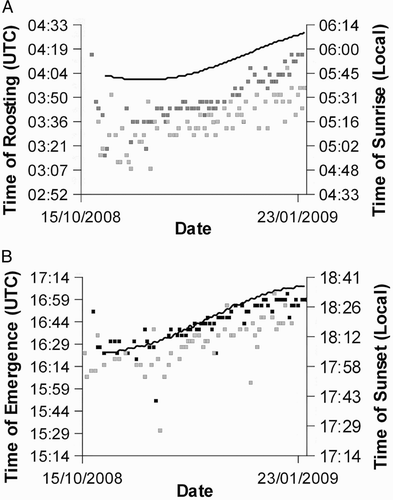Figures & data
Figure 1. Light-intensity curve showing aberrations at dawn and dusk (circled) that we believe occur as a result of the birds' roosting behaviour. The light scale is arbitrary because the measurements are not calibrated.
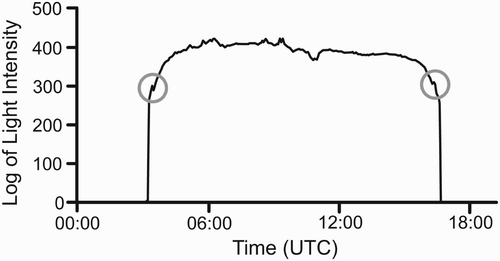
Figure 2. Map of Central Africa showing the wintering period for all three birds. Filtered locations for each bird are shown with 99% ellipses and the centres of the ranges are indicated by white diamonds: 125 by black triangles, 757 by dark grey dots and 766 by pale grey squares. The extent of the wintering ground as previously believed is shown by horizontal hatching.
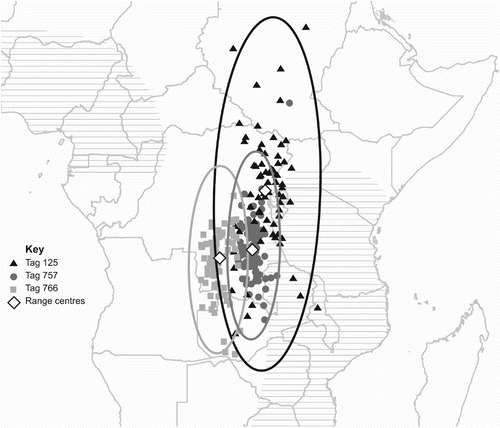
Figure 3. Map showing ranges of longitude occupied by bird 125 for successive 10-day periods during post- and pre-nuptial migration. Between 11 April and 4 May, successive 10-day periods overlapped; therefore, this band includes 24 days/locations. The length of the vertical lines (longitude) indicates realistic latitudinal limits and not the range of the latitudes in each period, which were much greater. Darker lines and text in two longitude ranges are to make the figure clearer. Numbers of days/locations in each longitude band are shown in brackets. Probable routes are suggested by broad arrows between breeding and wintering sites.
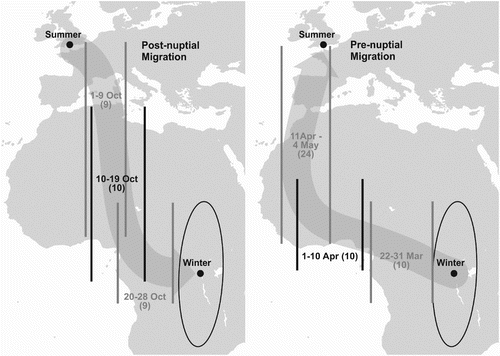
Figure 4. Map of Central Africa showing the impact of aberrations in the light curve at dawn and dusk on the placement of 99% ellipses to ascertain the wintering area. Ellipses and their centres derived from raw data are light grey and those derived from transformed data are black. Centres of ellipses for bird 757 are circles and for bird 766 are squares.
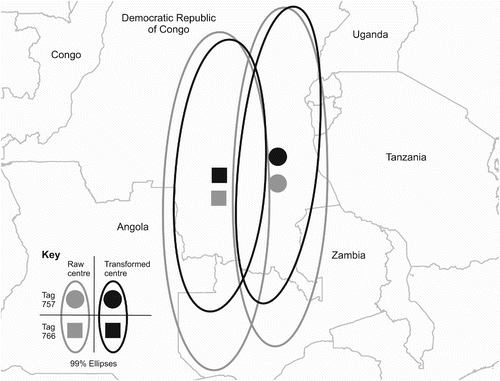
Figure 5. Plots of the timing of roosting (A) and emergence (B) (UTC) and the timing of sunrise and sunset (solid lines) in the general region of the wintering ranges (local time). Black squares represent bird 766 and grey squares bird 757. Emergence and roosting times of bird 757 were earlier because it was further east than bird 766.
